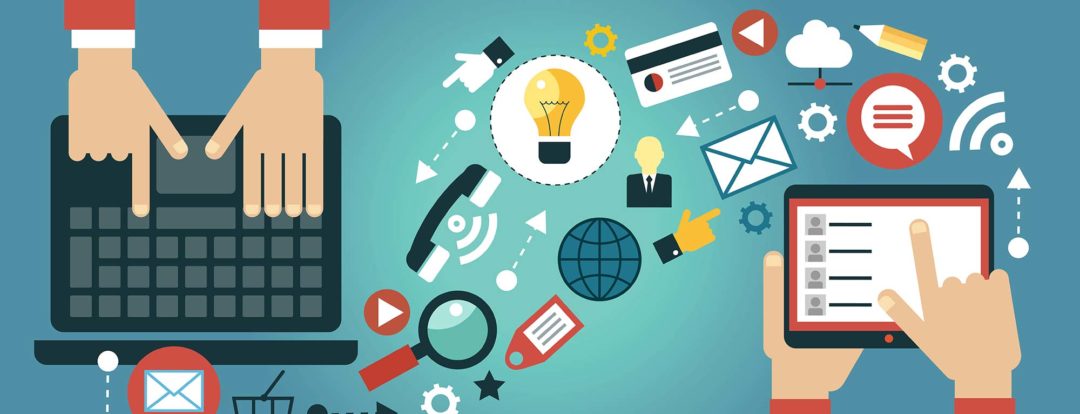By \ August 29, 2016
As far as likeability goes, email is the perennial Prom King of marketing. The numbers don’t lie:
- 72% of US online adults check email weekly
- 68% of consumers find email to be their #1 preferred channel for receiving commercial messages
- 61% say they like to receive promotional emails weekly
The outlook’s even brighter for colleges: 97% of juniors graduating in 2016 use email at least once a week, 98% are likely to open up an email from a school of interest and 79% are likely to open up an email from an unknown school.
According to The Content Strategists, email marketing should be the first step in any content marketing plan. Well done email, well done.
What Makes Email So Different
From the audience’s perspective, emails are simply less intrusive than most ads. They don’t get in the way of anything (unlike a commercial to a desired YouTube video) and since they’re sign-up based, users are generally receiving content that they care about.
For marketers, email is a terrific tactic because the promotion stays in the audiences inbox and can be gotten to at their convenience, unlike a banner ad or pre-roll video ad that audiences need to immediately pay attention and react to.
These conditions are perfect for building a good relationship with your audience–but good conditions alone don’t automatically lead to success. In order to take advantage of what may be your most valuable marketing channel, let’s focus on five tips you can use to keep your emails on-target and personalized, and your hard-earned audience happy.
5 Ways to Keep Your Email Audience Happy
Segment your audience
The last thing you ever want to do is waste your audience’s time with messages that don’t matter to them, even just once. While it may not seem like a big deal, it only takes one inapplicable email to someone on a busy/bad day to cause an unsubscribe that you’re very unlikely to get back. Even if they don’t unsubscribe on the spot, they could easily develop a habit of ignoring, or half-reading your emails, which is even worse. To prevent this, segment your audiences into different groups based on the kinds of messages applicable to them. It’s a simple function that most software has, and will only take a little bit of research on your part.
Make the message broader
Despite the importance of segmenting your audience, sometimes you can’t do it. Maybe you get new subscribers through an automatic funnel and aren’t sure of their personal details, or maybe your budget is limiting the number of emails you can send. If this is the case, a good trick is to broaden the frame of your message. For example, if you’re sending an email about your museum’s half-priced kids day, you could start with the sentence, “Do you know any kids that would love a day in Medieval Europe?” With this tactic, you’ve instantly included adults with kids as well as adults without them, and have given friends and family members the idea of forwarding the email to parents.
Keep it light (most of the time)
Sometimes you want to play the long game when it comes to email. For example, if you’re a nonprofit it’s best not to email only when you need to fundraise, but to instead engage your constituents on a regular basis with emails that update them about the work you’re doing or the communities you’re helping. The sad truth is that organizations like nonprofits usually have a heavy emotional association that can be tough for audiences to digest. Make sure you keep your content light in order to keep your audience’s interest.
Simplify your message
We’ve always been told to keep copy short. Readers don’t have a lot of time and your content rarely fits into the flow of their workday. But this is only half the truth. The other (and bigger) half is that readers don’t want to invest too much energy into reading. A title like “Taking a Closer Look At The Lack of Breadth in Health Care Insurance Education” is not only clunky but signifies a heavy and challenging reading. Instead, “Here’s Why We Know So Little About Health Care Insurance,” feels like a far more digestible topic. Although they often go hand in hand, focus more on decreasing the suggested weight of a topic rather than the character count of the subject line or header.
Flashy design isn’t always the best
The beauty of email marketing is that it feels natural. Promotional emails blend in with personal emails in the inbox, unlike with commercials vs. TV programs and banner ads vs. news articles. Because of the nativist nature of emails, sometimes it’s a better strategy to make your email design simple and looking more like a message from a friend than an advertisement. A good example is Amazon. Is the email design for one of the country’s most successful companies novel and flashy? No. It’s simple and down to earth.
